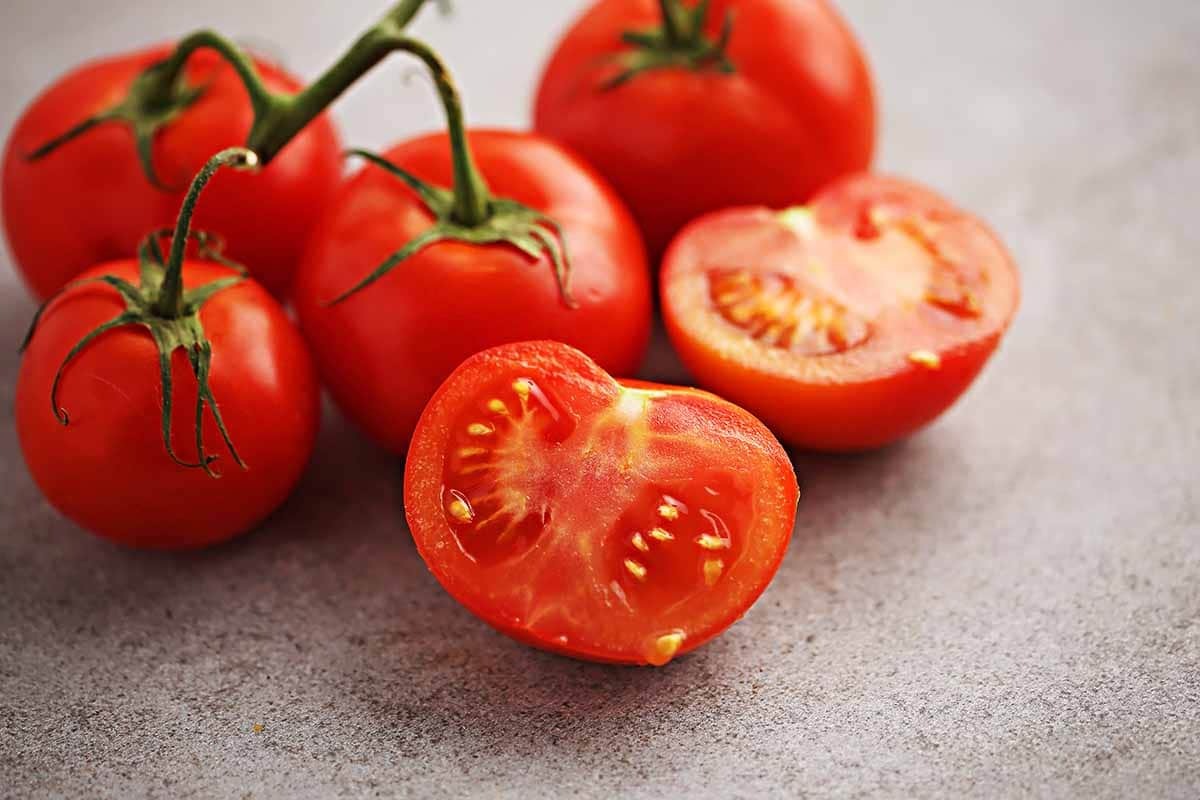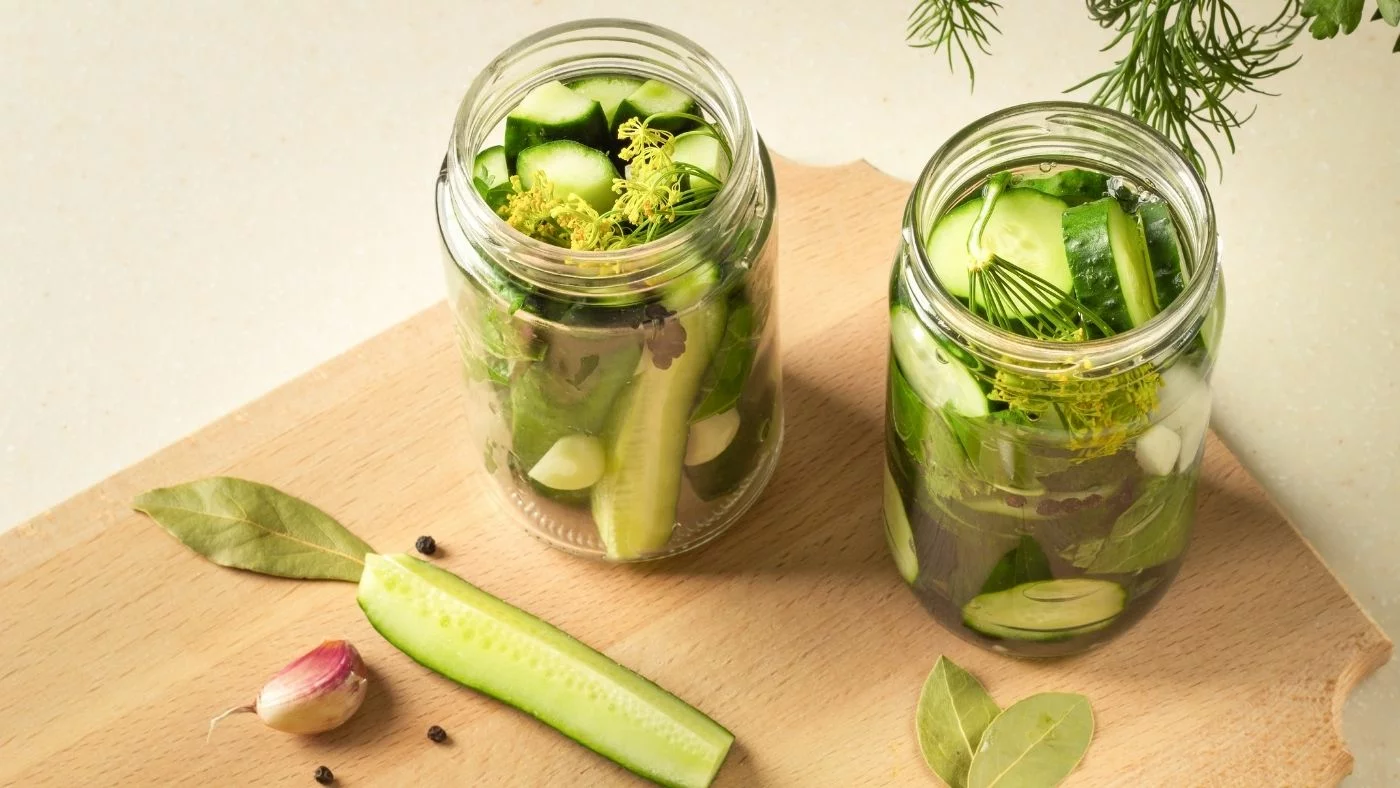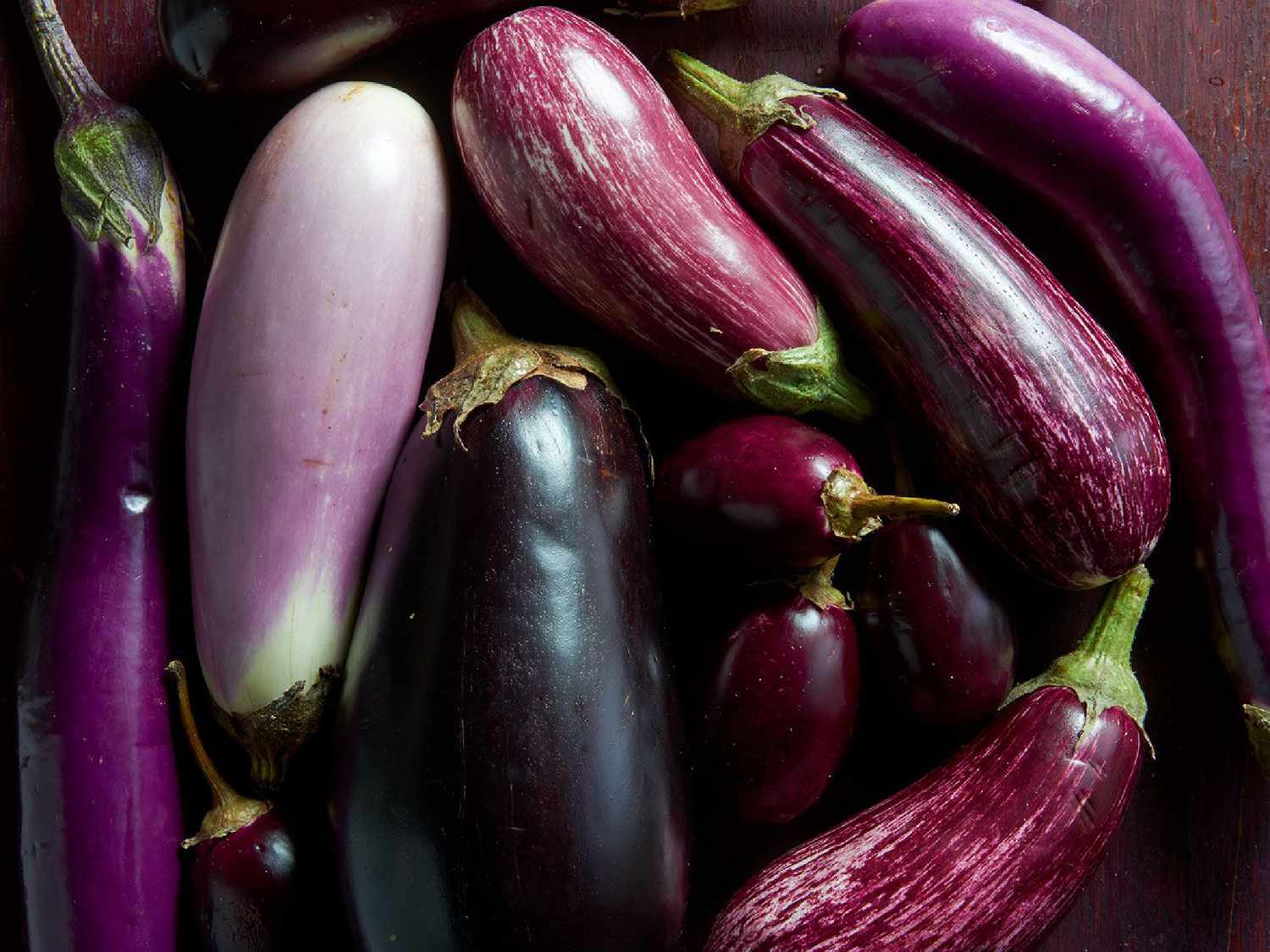Nightshade vegetables often get a bad rap, but they offer unique flavors and nutrients. While tomatoes, potatoes, and eggplants are well-known, lesser-known varieties like tomatillos, ground cherries, and pepinos deserve attention. These unusual nightshades can transform everyday meals into culinary adventures. Imagine a tangy tomatillo salsa, sweet ground cherry jam, or refreshing pepino salad. Each brings something special to the table, making your dishes stand out. Ready to explore these hidden gems? Let's dive into some innovative recipes that showcase the versatility and deliciousness of these underappreciated nightshade vegetables.
Gather Your Ingredients for Innovative Recipes Using Unusual Nightshade Vegetables
- Tomatillos (fresh, husked, and washed)
- Purple potatoes (small, scrubbed clean)
- Ground cherimoya seeds (for seasoning, optional)
- Nopalitos (cactus paddles, cleaned and diced)
- Pepino melon (peeled and cubed)
- Goji berries (dried)
- Habanero peppers (seeded and finely chopped, handle with care)
- Tamarillo (blanched, peeled, and chopped)
- African horned cucumber (also known as kiwano, sliced)
- Pichuberries (also known as ground cherries, husked)
- Malabar spinach (leaves picked and washed)
- Ashwagandha leaves (fresh, optional for garnishing)
- Extra virgin olive oil
- Sea salt (to taste)
- Cracked black pepper (to taste)
- Fresh lime juice (for dressing)
- Agave syrup (optional, for a hint of sweetness in the dressing)
Essential Tools for Innovative Recipes Using Unusual Nightshade Vegetables
-
Chef's Knife
For precise cutting and chopping of vegetables. -
Cutting Board
Preferably one that's easy to clean and won't dull your knives. -
Blender or Food Processor
Essential for making sauces or purees. -
Sauté Pan
A versatile pan for cooking a variety of dishes. -
Baking Sheet
For roasting vegetables to perfection. -
Measuring Cups and Spoons
Accuracy is key in cooking, especially with unusual ingredients. -
Vegetable Peeler
For peeling some of the nightshade vegetables. -
Spatula
For flipping and stirring. -
Mixing Bowls
Various sizes for different prep tasks. -
Colander
For washing vegetables and draining boiled ingredients.
Experiment with tomatillos, ground cherries, and naranjillas. These unusual nightshade vegetables add unique flavors to dishes, offering a tangy twist to salsas, desserts, and savory meals.
The Importance of Innovative Recipes Using Unusual Nightshade Vegetables
In the culinary world, unusual nightshade vegetables like tomatillos, ground cherries, and Chinese lanterns offer a treasure trove of flavors and textures. These ingredients not only elevate dishes but also introduce a spectrum of nutritional benefits, from antioxidants to vitamins. Chefs and home cooks alike seek these vibrant veggies to create innovative recipes that stand out on any table.
Experimenting with these lesser-known nightshades allows for a creative exploration in the kitchen. Each brings its own unique taste and aesthetic to dishes, challenging traditional cooking boundaries. As culinary enthusiasts strive for distinctiveness and health-conscious options, incorporating such vegetables becomes a natural choice, enriching the gastronomic experience with every bite.
How to Make Innovative Recipes Using Unusual Nightshade Vegetables
Innovative Recipes Using Unusual Nightshade Vegetables
1. Identify Unusual Nightshade Vegetables
- Tomatillos: Small, green, and covered in a papery husk.
- Ground Cherries: Tiny, sweet, and also encased in a husk.
- Tamarillos: Egg-shaped, with a tangy flavor.
- Naranjillas: Orange, fuzzy, and tart.
- Pepinos: Cucumber-like, with a mild taste.
2. Gather Ingredients
- Tomatillos: Fresh, husked, and washed.
- Ground Cherries: Fresh, husked, and washed.
- Tamarillos: Fresh, peeled, and sliced.
- Naranjillas: Fresh, peeled, and sliced.
- Pepinos: Fresh, peeled, and sliced.
- Basic Seasonings: Salt, pepper, olive oil, garlic, and herbs.
3. Prepare Tomatillos
- Roast: Preheat oven to 400°F. Place tomatillos on a baking sheet. Drizzle with olive oil. Roast for 20 minutes until soft.
- Blend: Cool slightly. Blend with garlic, salt, and herbs for a tangy sauce.
4. Use Ground Cherries
- Salad: Mix ground cherries with greens, nuts, and cheese. Drizzle with olive oil and vinegar.
- Jam: Cook ground cherries with sugar and lemon juice. Simmer until thickened. Cool and store in jars.
5. Cook Tamarillos
- Grill: Preheat grill to medium-high. Brush tamarillo slices with olive oil. Grill for 2-3 minutes per side.
- Sauce: Blend grilled tamarillos with garlic, salt, and herbs. Use as a topping for meats or vegetables.
6. Utilize Naranjillas
- Juice: Blend naranjilla slices with water and sugar. Strain and serve chilled.
- Chutney: Cook naranjilla slices with onions, garlic, vinegar, and spices. Simmer until thickened. Cool and store in jars.
7. Incorporate Pepinos
- Salad: Mix pepino slices with tomatoes, onions, and herbs. Drizzle with olive oil and lemon juice.
- Pickle: Slice pepinos thinly. Mix with vinegar, sugar, and spices. Let sit for at least an hour before serving.
8. Combine Flavors
- Fusion Dishes: Mix roasted tomatillo sauce with grilled tamarillos. Serve over meats or vegetables.
- Layered Salads: Combine ground cherries, pepinos, and naranjillas in a layered salad. Drizzle with olive oil and herbs.
9. Store and Preserve
- Freezing: Freeze roasted tomatillo sauce and chutneys in airtight containers.
- Canning: Can jams and chutneys using proper canning techniques. Store in a cool, dark place.
10. Experiment and Enjoy
- Try New Combinations: Mix and match unusual nightshade vegetables in different dishes.
- Share: Serve these innovative dishes to friends and family. Enjoy the unique flavors and textures.
Embracing Nightshade Vegetables in Your Kitchen
Nightshade vegetables like tomatillos, goji berries, and cape gooseberries can add unique flavors and textures to your dishes. These lesser-known veggies are packed with nutrients and can elevate your meals from ordinary to extraordinary. Whether you're making a tomatillo salsa, a goji berry smoothie, or a cape gooseberry tart, these ingredients offer endless possibilities.
Experimenting with these unusual nightshades can be a fun way to diversify your diet and impress your guests. Don't be afraid to step out of your comfort zone and try something new. You might just find a new favorite ingredient that becomes a staple in your kitchen. So, grab some of these intriguing veggies on your next grocery run and start cooking up some innovative recipes. Your taste buds will thank you!
Common Questions About Innovative Recipes Using Unusual Nightshade Vegetables
What are nightshade vegetables, and why should I care?
Nightshade vegetables include tomatoes, potatoes, peppers, and eggplants, along with more unusual varieties like tomatillos, goji berries, and pepinos. These plants are part of the Solanaceae family, which is known for its diverse species, many of which are packed with nutrients and unique flavors. Incorporating these into your diet can jazz up your meals and introduce you to new taste profiles.
Can you suggest innovative recipes using unusual nightshade vegetables?
Sure thing! How about a Pepino Melon Salsa to kick things off? It's a refreshing twist on traditional salsa, using diced pepino melon, lime juice, cilantro, and jalapeño for a bit of kick. Another standout is Goji Berry Glazed Tempeh, a sweet and tangy dish that'll make you see goji berries in a whole new light. For something heartier, try Stuffed Piquillo Peppers with quinoa, black beans, and corn, topped with a sprinkle of manchego cheese.
Are there any health benefits to eating more nightshade vegetables?
Absolutely! Many nightshade vegetables are rich in vitamins A and C, potassium, fiber, and antioxidants. For instance, red bell peppers are loaded with vitamin C, while eggplants boast a good amount of fiber and potassium. Including these veggies in your diet can support heart health, improve digestion, and may even help reduce inflammation.
I've heard some people avoid nightshade vegetables. Why is that?
Some folks might steer clear of nightshade vegetables due to personal sensitivities or specific dietary restrictions. There's a belief that these veggies can cause inflammation or adverse reactions in certain individuals, especially those with autoimmune conditions. However, it's largely individual, and many people enjoy these vegetables without any issues.
How can I make sure I'm choosing the best unusual nightshade vegetables at the market?
When hunting for unusual nightshade vegetables, look for vibrant, firm specimens without any blemishes or soft spots. For example, goji berries should be bright red and not clumped together, while tomatillos should have intact, tight-fitting husks. Freshness is key, so give them a good once-over to ensure you're getting the cream of the crop.
Any tips for storing these vegetables to keep them fresh longer?
Keeping your nightshade vegetables fresh involves a bit of know-how. Tomatillos and pepinos do well in the refrigerator, stored in a paper bag. Goji berries, on the other hand, should be kept in a cool, dry place, much like you'd store raisins. Generally, keeping them in a slightly humid environment in the fridge, away from direct sunlight, helps prolong their shelf life.
What's a simple yet innovative recipe for beginners wanting to try unusual nightshade vegetables?
For starters, Tomatillo Guacamole is a no-brainer. Just blend ripe avocados with chopped tomatillos, onion, cilantro, and a squeeze of lime. It's a zesty, easy-to-make dip that introduces you to the tangy goodness of tomatillos. Perfect for those looking to dip their toes into the world of unusual nightshade vegetables without too much fuss.











